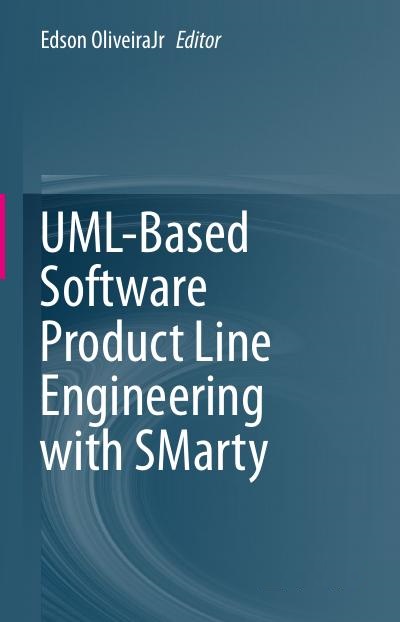
English | 2023 | ISBN: 978-3031185557 | 534 Pages | PDF | 40 MB
This book is about software product lines (SPLs) designed and developed taking UML diagrams as the primary basis, modeled according to a rigorous approach composed of an UML profile and a systematic process for variability management activities, forming the Stereotype-based Management of Variability (SMarty) approach.
The book consists of five parts. Part I provides essential concepts on SPL in terms of the first development methodologies. It also introduces variability concepts and discusses SPL architectures finishing with the SMarty approach. Part II is focused on the design, verification and validation of SMarty SPLs, and Part III concentrates on the SPL architecture evolution based on ISO/IEC metrics, the SystEM-PLA method, optimization with the MOA4PLA method, and feature interaction prevention. Next, Part IV presents SMarty as a basis for SPL development, such as, the M-SPLearning SPL for mobile learning applications, the PLeTs SPL for testing tools, the PlugSPL plugin environment for supporting the SPL life cycle, the SyMPLES approach for designing embedded systems with SysML, the SMartySPEM approach for software process lines (SPrL), and re-engineering of class diagrams into an SPL. Eventually, Part V promotes controlled experimentation in UML-based SPLs, presenting essential concepts on how to plan, conduct, and document experiments, as well as showing several experiments carried out with SMarty.
This book aims at lecturers, graduate students and experienced practitioners. Lecturers might use the book for graduate level courses about SPL fundamentals and tools; students will learn about the SPL engineering process, variability management, and mass customization; and practitioners will see how to plan the transition from single-product development to an SPL-based process, how to document inherent variability in a given domain, or how to apply controlled experiments to SPLs.
HomepageResolve the captcha to access the links!